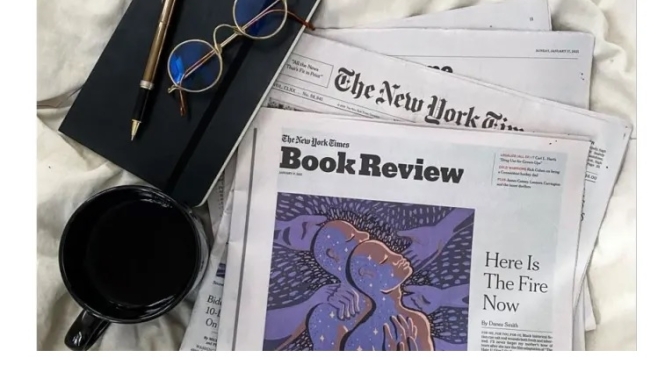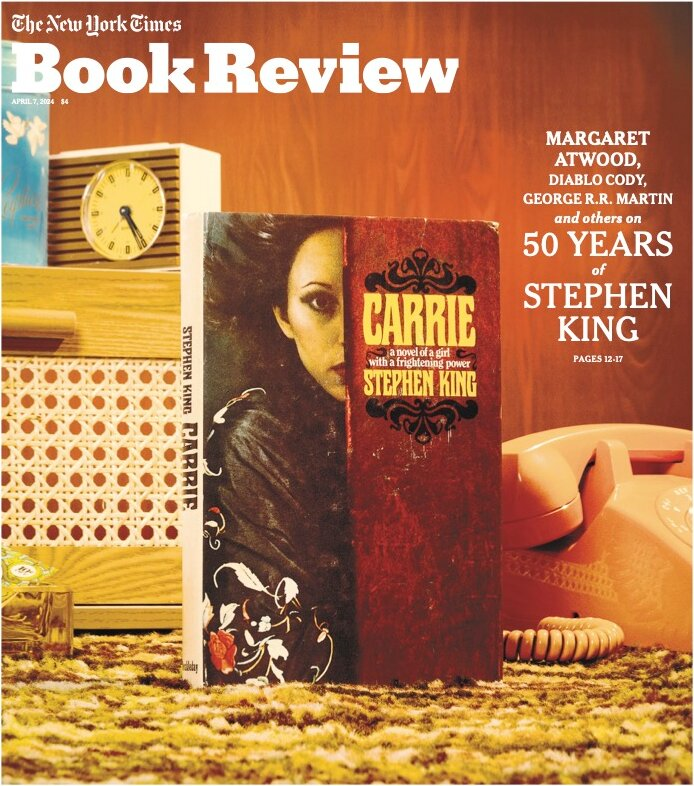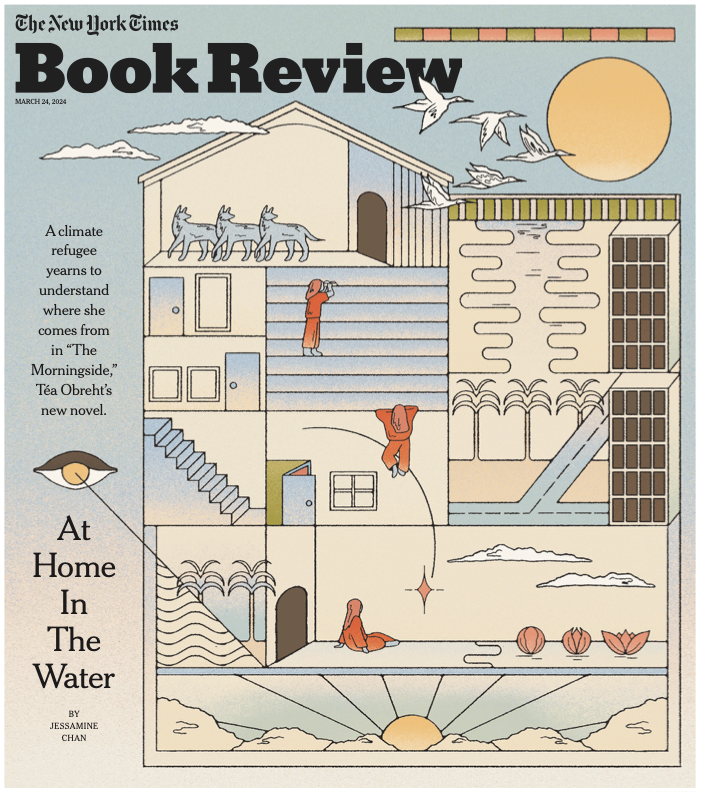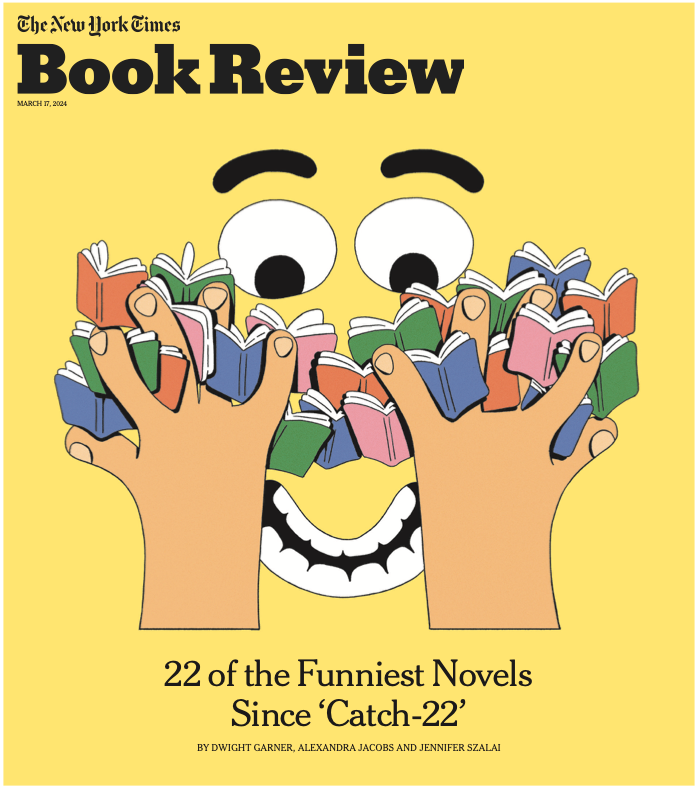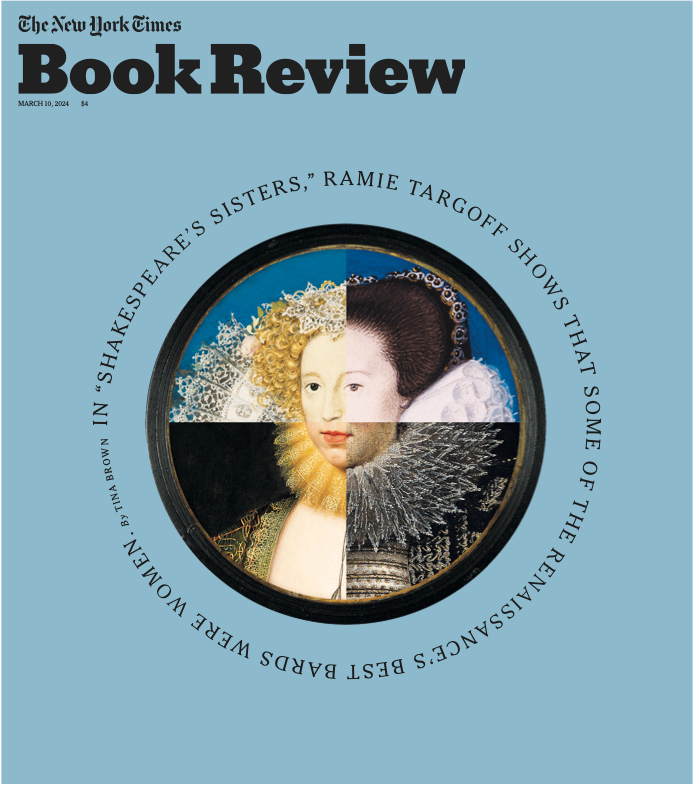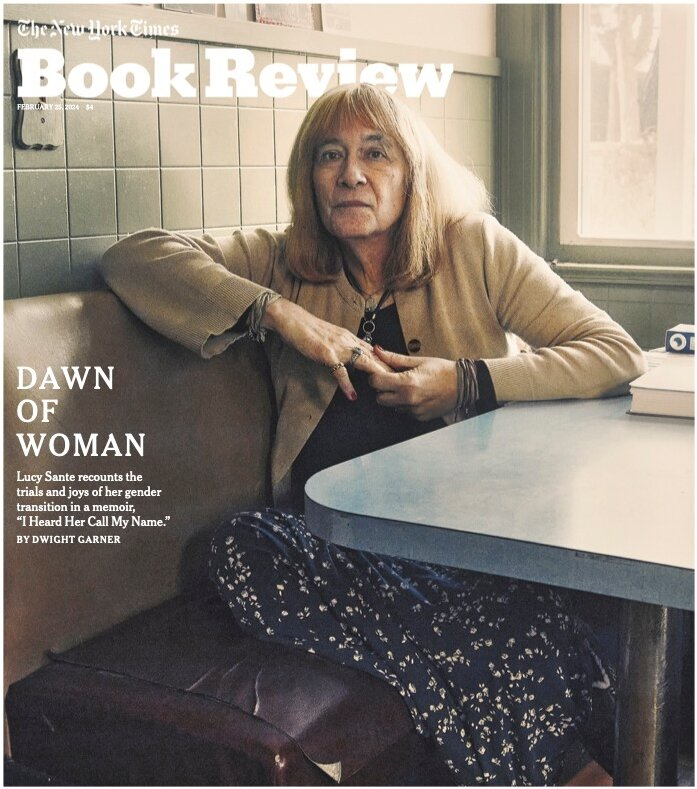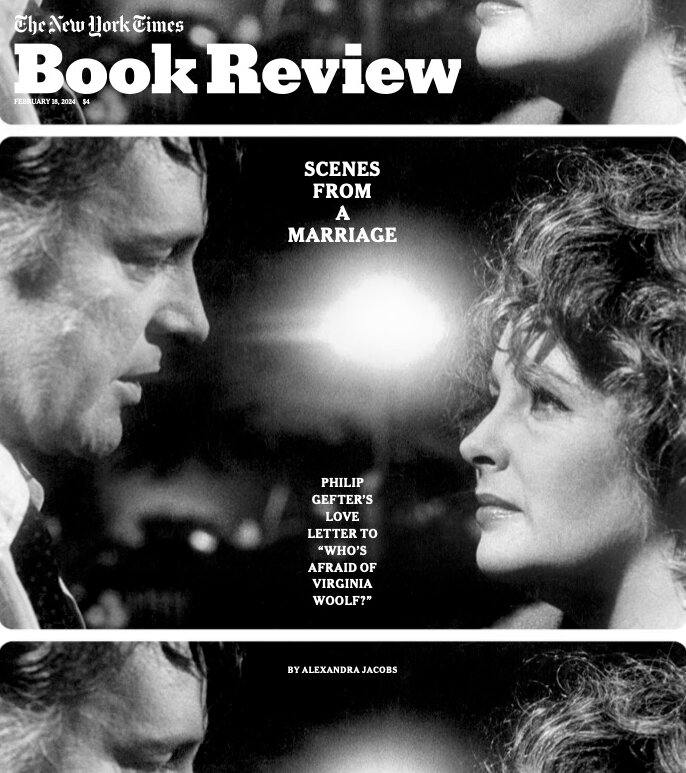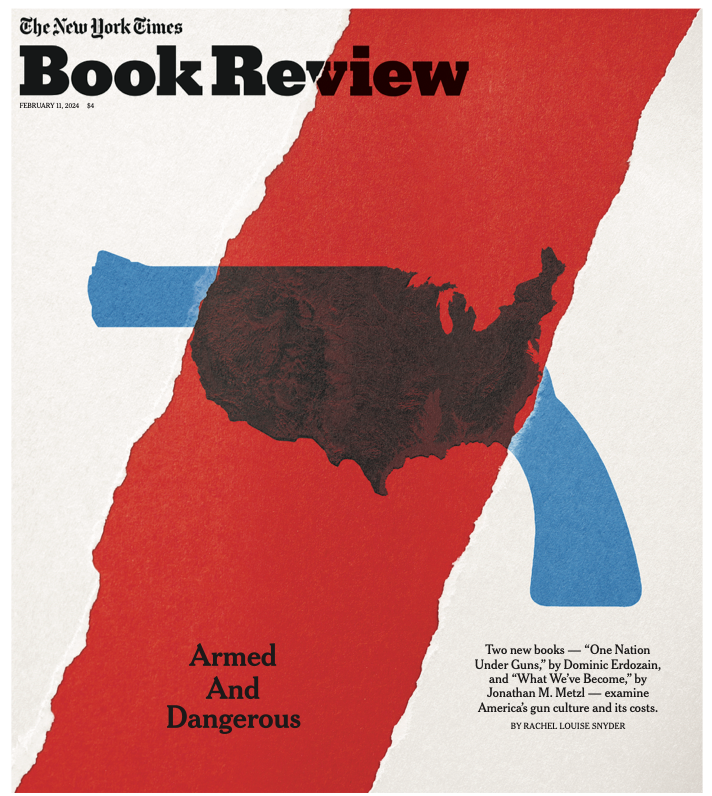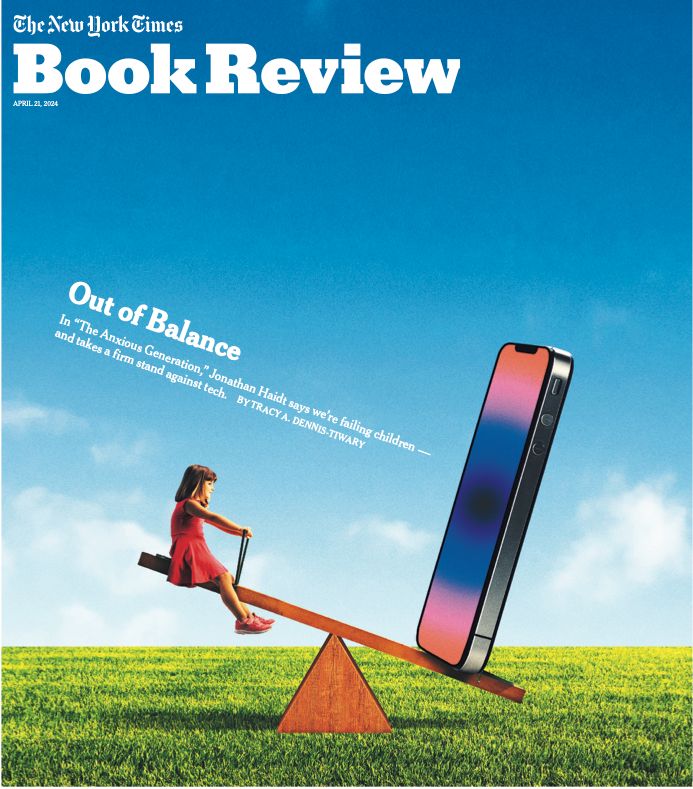

THE NEW YORK TIMES BOOK REVIEW (April 20, 2024): The latest issue features….
Coddling Plus Devices? Unequivocal Disaster for Our Kids.
In “The Anxious Generation,” Jonathan Haidt says we’re failing children — and takes a firm stand against tech.

By Tracy Dennis-Tiwary
THE ANXIOUS GENERATION: How the Great Rewiring of Childhood Is Causing an Epidemic of Mental Illness, by Jonathan Haidt
Quick! Someone Get This Book a Doctor.
Inside the book conservation lab at the Metropolitan Museum of Art.
By Molly Young
Not every workplace features a guillotine. At a book conservation lab tucked beneath the first floor of the Metropolitan Museum of Art, the office guillotine might as well be a water cooler or a file cabinet for all that it fazes the staff. “We have a lot of violent equipment,” said Mindell Dubansky, who heads the Sherman Fairchild Center for Book Conservation.
How the Rich and Poor Once Saw War
In “Muse of Fire,” Michael Korda depicts the lives and passions of the soldier poets whose verse provided a view into the carnage of World War I.

